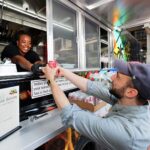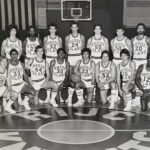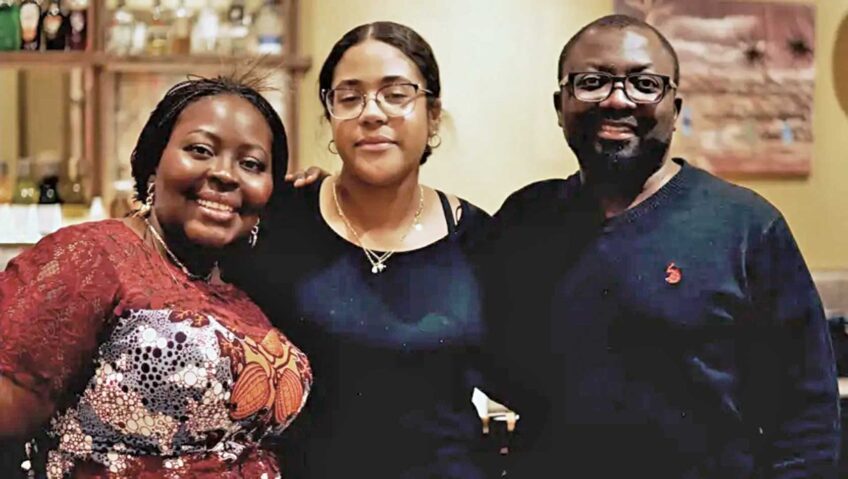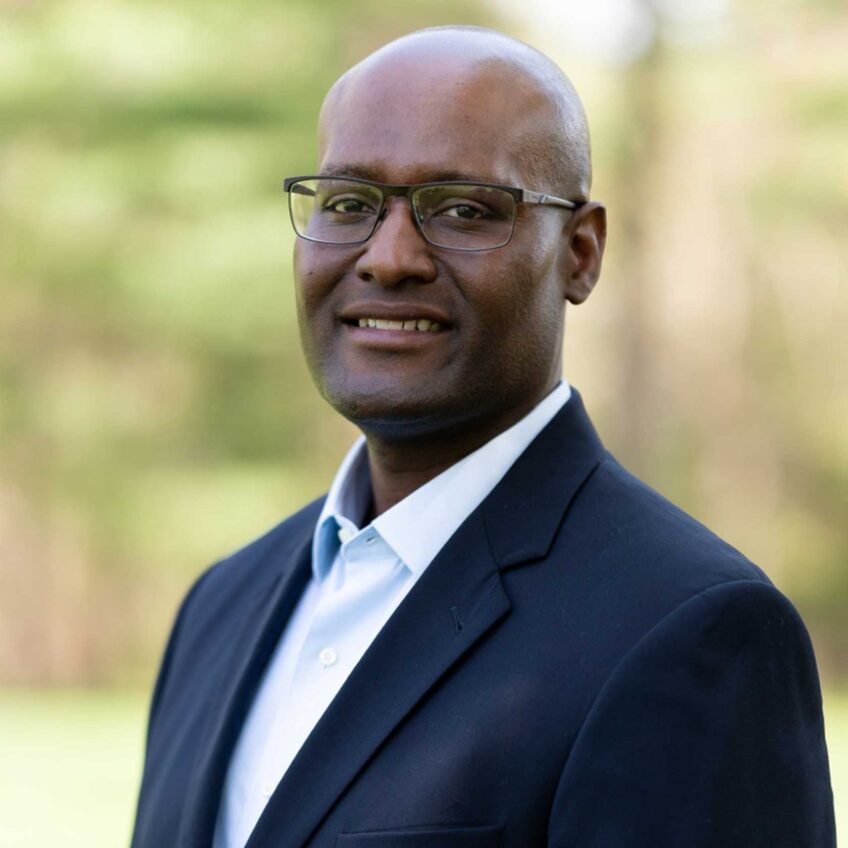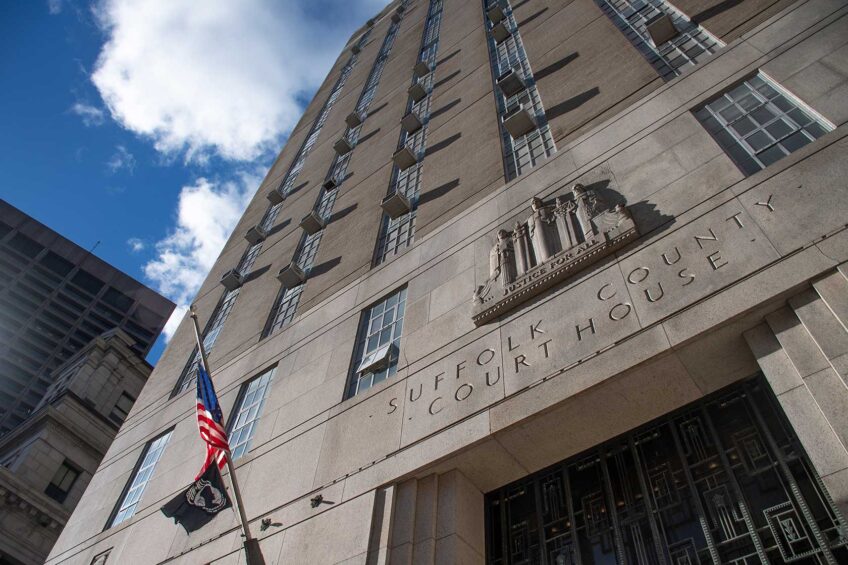A coalition of black, Latino and Asian organizations released a redistricting map Monday that seeks to radically redraw the city’s political boundaries and increase minority influence on the City Council.
The map proposes splitting Chinatown from South Boston’s District 2 and adding the neighborhood to a newly drawn District 8, which includes the South End and the Fenway. The map also calls for re-drawing Dorchester’s Districts 3 and 4, adding more black, Latino and Asian voters to District 3 and more whites to District 4.
Advocates say the redrawing would create four districts where people of color make up a clear majority of the voting age population, giving them a stronger voice on the council.
“Ever since City Council districts were established, there hasn’t been a lot of progress beyond two district councilors,” said Sean Daughtry, noting that the city now has a population that is 53 percent people of color. “Why doesn’t our council reflect that diversity? A lot of it has to do with the way the districts are drawn.”
Currently, Districts 4, 5 and 7 have a majority voting-age population. African American councilors have represented 4 and 7 since they were drawn in 1982. Robert Consalvo, who is white, represents Hyde Park’s District 5, which now has a voting age population that is more than 60 percent black and Latino.
But with the current district lines, people of color have had little success running in Dorchester’s District 3.
Daughtry points to District 4, now represented by Charles Yancey, which is 94 percent black and Latino.
“It’s a very stark example of packing,” he said, using a legal term that describes how minority voters are crammed into one district to dilute their strength in another.
Because so many of Dorchester’s black and Latino residents are in District 4 — most of which lies between Dorchester Avenue and Blue Hill Avenue — District 3, which mainly cleaves to the east of Dorchester Avenue — has a voting age population that is nearly 40 percent white.
The coalition’s map shifts the line between Districts 4 and 3 from its north-south axis to and east-west dividing line which runs roughly from the Freeport Street exit on 93 to the southern end of Franklin Park.
The lines of Roxbury’s District 7, Hyde Park’s District 5 and the West Roxbury/Jamaica Plain District 6 would remain mostly unchanged, as would Allston Brighton’s District 9 and District 1, which includes the North End, Charlestown and East Boston.
The new map is the first major proposal to advocate increasing voting power for people of color since the Redistricting Committee began meeting last summer. Most of the maps proposed by councilors have called for minor changes to existing districts.
“To expect the councilors to propose radical changes to their districts is unrealistic,” said Redistricting Coalition member Lydia Lowe. “The discussions we’ve [had] to date in the City Council have been about protecting incumbency.”
The majority of the changes proposed would affect incumbents Yancey and Frank Baker in Dorchester, Redistricting Committee Chairman Bill Linehan in South Boston and Michael Ross in Mission Hill, whose home would end up as part of District 6.
The creation of four districts where people of color represent a majority of voters could radically change the dynamic on the council, according to Lowe.
“There are issues where votes on the council have fallen on racial lines,” she said. “The prospect of having a stronger voice on the council is huge. That’s why this process is so important.”
As it is now, there are only four people of color — three blacks and one Latino — on the city’s 13-member council, despite the fact that the city’s population is more than 53 percent people of color.
The City Council is required to redraw district boundaries every 10 years following the release of the U.S. Census in order to ensure each councilor’s district has an equal number of people. With the Census counting more than 617,000 people in Boston, each district should have 68,612 people.
Districts 1, 2, 7, 8 and 9 have seen increases in population while Districts 3, 4, 5 and 6 have seen their populations decrease.


